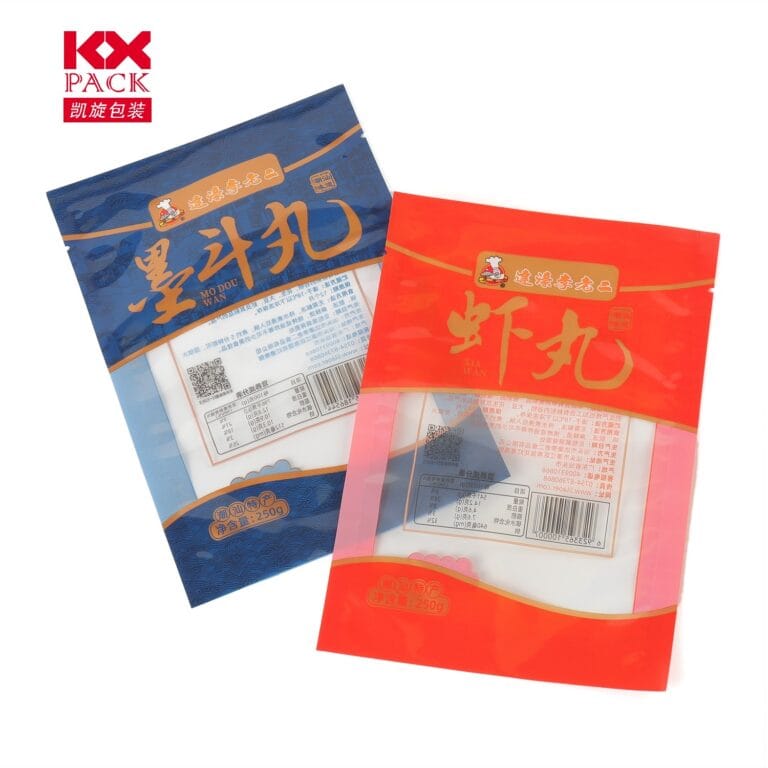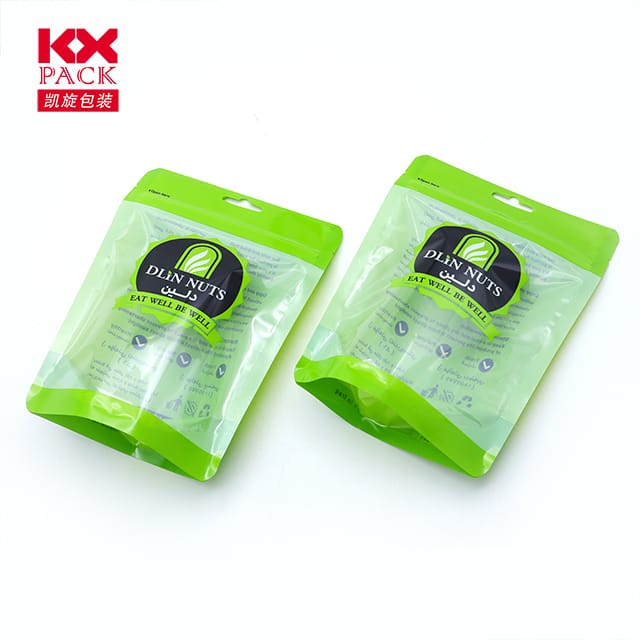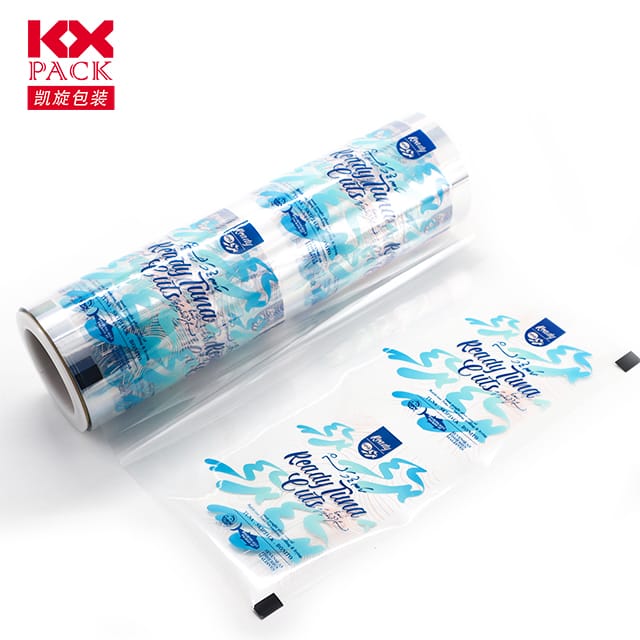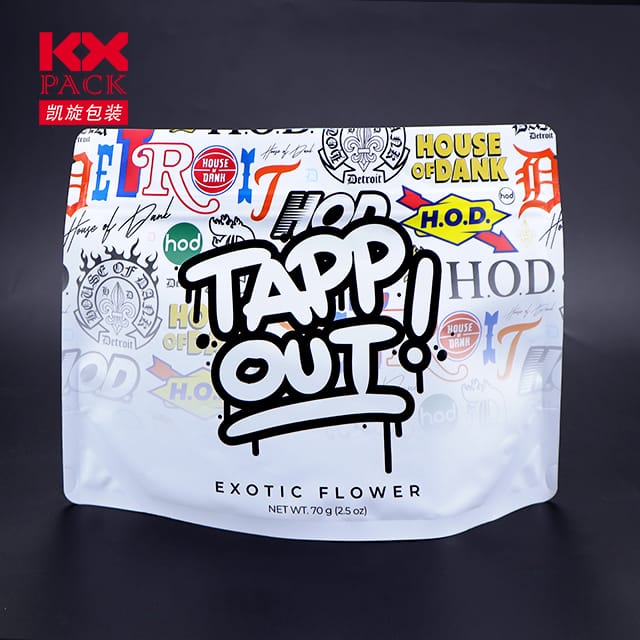食品创新电影包装: 保持新鲜度和可持续性
电影包装
在当今快节奏的世界, 食品包装的发展超出了仅保护和呈现产品的传统作用. 食品的现代电影包装不仅确保了我们食用的安全性和新鲜感,而且在促进可持续性和减少环境影响方面起着至关重要的作用. Let’s delve into the fascinating world of innovative film packaging for food and explore how it is transforming the industry.
The Evolution of Film Packaging
Film packaging for food has come a long way from simple wrappers and bags made from basic plastics. 今天, we have a wide array of materials and technologies at our disposal, each designed to meet specific needs in terms of shelf life, transportability, 和环境友好. Materials like polyethylene (体育), 聚丙烯 (聚丙烯), 聚酯纤维 (宠物), and ethylene vinyl alcohol (乙烯醇) are commonly used, offering a balance between barrier properties, 灵活性, 和成本效益.
保留新鲜度
One of the primary functions of film packaging is to extend the shelf life of food products by creating a barrier against oxygen, 水分, 和污染物. 改良的气氛包装 (地图) is a popular technique where the gas composition inside the package is controlled to slow down oxidation and microbial growth. This not only preserves the quality and taste of the food but also reduces the need for preservatives.
Active packaging technologies further enhance freshness by incorporating additional layers or additives that can absorb gases, release antioxidants, or even indicate spoilage through color changes. These intelligent packaging solutions are particularly beneficial for perishable goods like fresh produce, 肉类, 和乳制品.
Promoting Sustainability
随着消费者变得更加环保, the demand for sustainable packaging solutions is growing rapidly. Biodegradable and compostable films made from plant-based materials such as polylactic acid (解放军), 多羟基烷烃 (PHA), and cellulose-based derivatives are gaining traction. These materials offer a reduced carbon footprint compared to conventional plastics, as they decompose naturally after disposal.
而且, circular economy principles are being integrated into film packaging design. This involves creating packaging that can be easily recycled or reused, minimizing waste generation. Multi-layer films, 例如, are now being engineered to be separable, allowing for efficient recycling of each component material.
Innovations in Film Packaging
The future of film packaging for food is incredibly exciting, with ongoing research and development pushing the boundaries of what’s possible. 纳米技术, 例如, is being explored to create ultra-thin films with enhanced barrier properties, reducing material usage and improving performance. 智能包装, incorporating sensors and RFID tags, can monitor the condition of food in real-time, providing consumers with accurate information about freshness and safety.
Edible films and coatings, made from natural ingredients like gelatin, 纤维素, and wax, are another innovative approach. These films not only protect food but can also add nutritional value or enhance the sensory experience.
结论
The evolution of film packaging for food reflects a commitment to innovation, 可持续性, and consumer well-being. By continuously advancing materials, 技术, and design strategies, the industry is addressing the challenges of food preservation, 减少废物, and environmental protection. As we move towards a more conscious and sustainable future, the role of film packaging in ensuring the safety, 质量, and appeal of our food will become even more critical. Stay tuned for the next wave of innovations that will continue to shape the future of food packaging.







